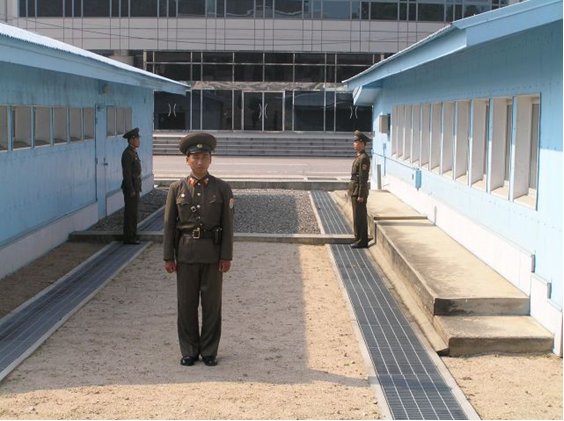Callin’ All Politicos: Death Penalty
Living in Japan brings a whole new perspective of the country that living outside Japan does not usually afford. Yes, Japanese do drive cars; yes, there are Japanese who do not eat fish; and yes, there is crime in Japan. While still comparatively low, the feeling amongst most Japanese seems to be that the crime rate has been on the rise in recent years. Many foreigners are surprised to learn that Japan does have and enforce capital punishment.
How are trials conducted?
In the past, trials in Japan were adjudicated by a panel of three professional judges. Recently, certain criminal trials are now being conducted according to a judge-jury system. A panel of three professional judges and seven citizen jurors decide the defendant’s guilt or innocence. The system has yet to be applied to a death penalty case but that is likely to happen soon.
The death penalty is applicable nationwide and can be applied for a crime committed in any prefecture/administrative district. For the death penalty to be applicable, at least one professional judge and five of the seven citizen jurors must elect to impose it. When a death sentence is handed down the condemned is moved to one of seven special detention centers (Sapporo, Sendai, Tokyo, Nagoya, Osaka, Hiroshima or Fukuoka) to await execution. There are currently a little over 100 people on death row in Japan.
When is a convicted person executed?
Appeals can be made, but once exhausted, the final order for the execution will be sent to the Minister of Justice for their signature. Once the signature is made, the execution will be carried out within days. This is where many executions will be held up. The sitting minister may not support the death penalty and simply refuse to sign any execution orders. As long as they hold office executions are effectively in moratorium. The order in which execution orders are sent to the Justice Minister is also somewhat nebulous and random. The two most recently executed convicts had over 60 people ahead of them on the waiting list. The end result is that no specific execution date is ever set long in advance and the condemned are never aware of when they will be executed until the day it actually occurs.
How are the executions carried out?
The execution rooms were only recently introduced to the public, but the general process has been previously detailed by former prison guards. The condemned person is notified of their execution on the day it will occur. They are then lead from their cell to a waiting room where the execution order is read to them and a chance for final prayers is given. The condemned will then have the opportunity to write a last will if they have not already prepared one. A final snack/cigarette is offered, after which a blindfold is applied and they are led to the execution chamber itself.
Hanging is the only method of execution in Japan. The condemned is made to stand on a trap door and a noose is applied. In an adjoining room three officers stand by a row of three buttons. Only one button actually activates the trapdoor but the officers will not know whose button actually triggered it. A phone is present for any last minute stays. The buttons are pressed simultaneously, the trapdoor opens, and the condemned falls to a room below. After a period of time a doctor will check their vital signs to confirm death and the execution is then complete.
If everything proceeds quickly the execution can take as little as 30 minutes. If things stretch out it could take an hour and a half.
What is public opinion?
According to opinion polls a clear majority of the Japanese public favors making no changes to the current death penalty laws: more than 80% according to one recent poll.
What about life imprisonment?
Life imprisonment is an available punishment, but it is not typically applied to the full extent. According to one recent news broadcast, many convicts sentenced to life are released after serving as little as 20 years. A life sentence automatically carries the possibility of parole after 10 years, and incarceration spans in Japan are typically low.


